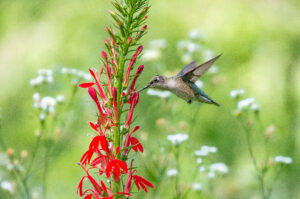
Cardinal Flower: A Vibrant Native Plant for Wet Soils
Cardinal flowers are striking plants that add a pop of vibrant red to gardens and natural areas. These tall, slender perennials bloom in late summer
Ground shipping is currently paused. Local deliveries throughout Long Island will continue as usual. Pre-orders for fall are now open. Non-local orders will begin shipping again in early September. Click here to learn more.
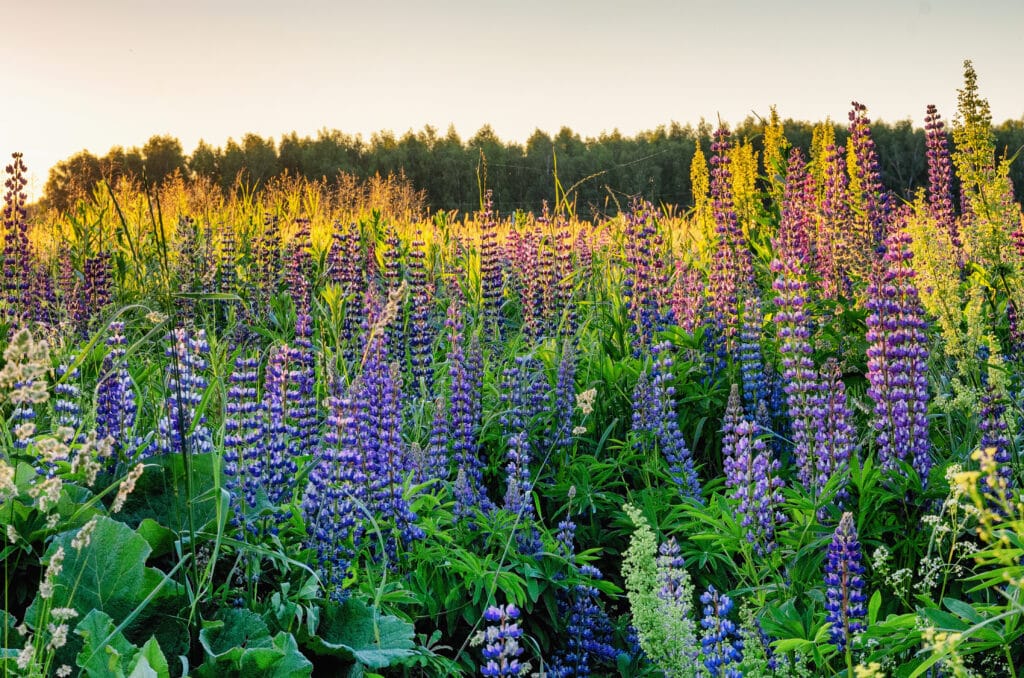
Lupinus perennis, known as wild lupine, is a stunning native wildflower of eastern North America. This perennial plant adds a splash of color to meadows and prairies with its vibrant blue-purple flowers.
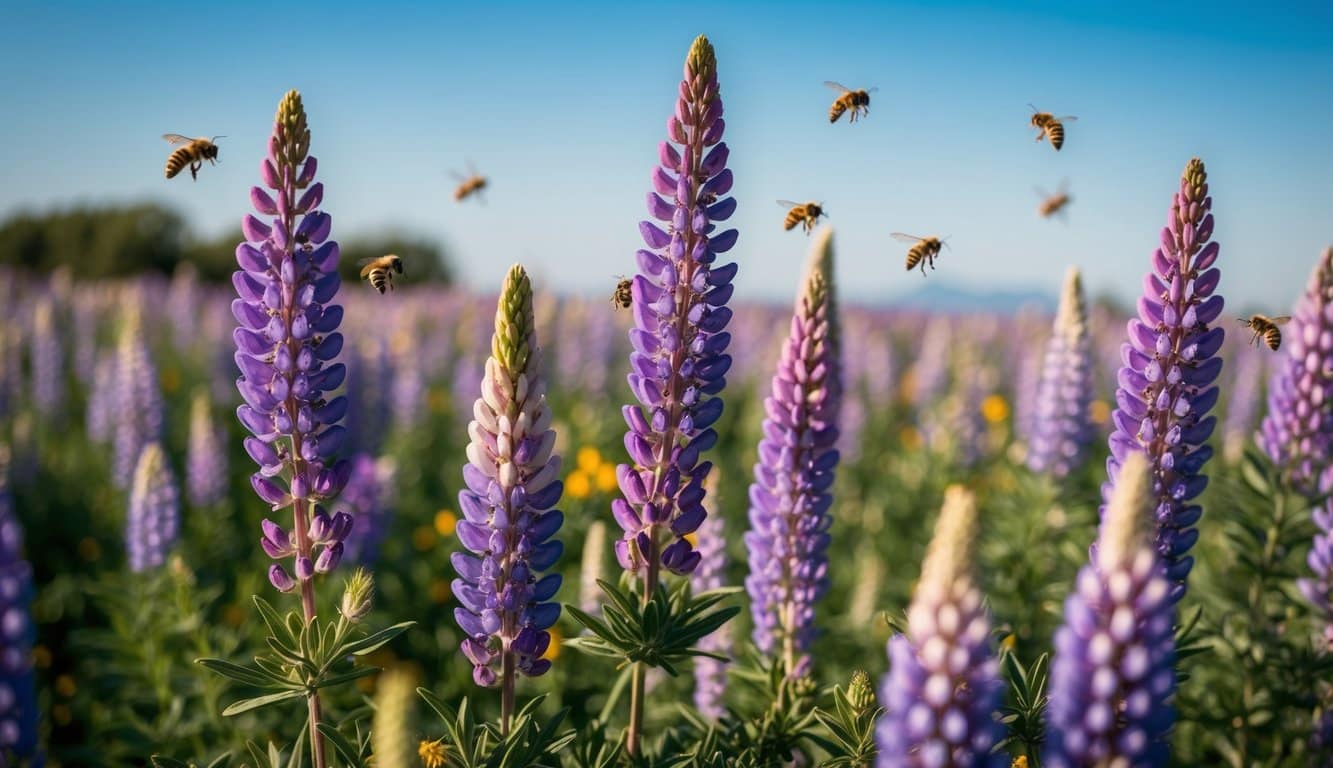
You’ll find wild lupine blooming from late spring to early summer, creating a beautiful display in natural landscapes. Its tall spikes of pea-like blossoms attract butterflies and bees, making it a valuable addition to any garden focused on supporting pollinators.
Wild lupine plays a crucial role in its ecosystem. It’s the only food source for the caterpillars of the endangered Karner blue butterfly. By planting this native wildflower in your garden, you can help support local wildlife and contribute to conservation efforts.

Lupinus perennis, commonly known as wild lupine, has distinct features that make it easy to identify. You’ll notice its unique flower spikes and palmate leaves. Let’s explore the key parts of this plant in more detail.
Wild lupine grows as an upright perennial herb. You’ll find it reaches heights of 1-2 feet tall. The plant has a bushy, rounded shape.
Its stems are sturdy and hairy. As the growing season progresses, you’ll see the plant form a clump-like structure. This growth habit helps wild lupine stand out in meadows and open woodlands.
The flowers of Lupinus perennis are its most striking feature. You’ll see dense spikes of pea-like blooms at the top of each stem. These spikes can grow up to 12 inches long.
The flowers range in color from blue to purple, with some pink or white varieties. Each flower is about 1/2 inch long. They have a distinctive shape with an upper “banner” petal and lower “keel” petals. Bees and butterflies are drawn to these showy blossoms.
Wild lupine’s leaves are another key identifier. You’ll notice they’re palmate, meaning the leaflets spread out like fingers on a hand. Each leaf has 7-11 narrow leaflets.
The leaves are a blue-green color and feel slightly fuzzy. They grow in a circular pattern around the stem.
Below ground, wild lupine has a strong taproot. This deep root helps the plant survive in sandy or well-drained soils. The root system also has nodules that house nitrogen-fixing bacteria. These bacteria help improve soil quality over time.
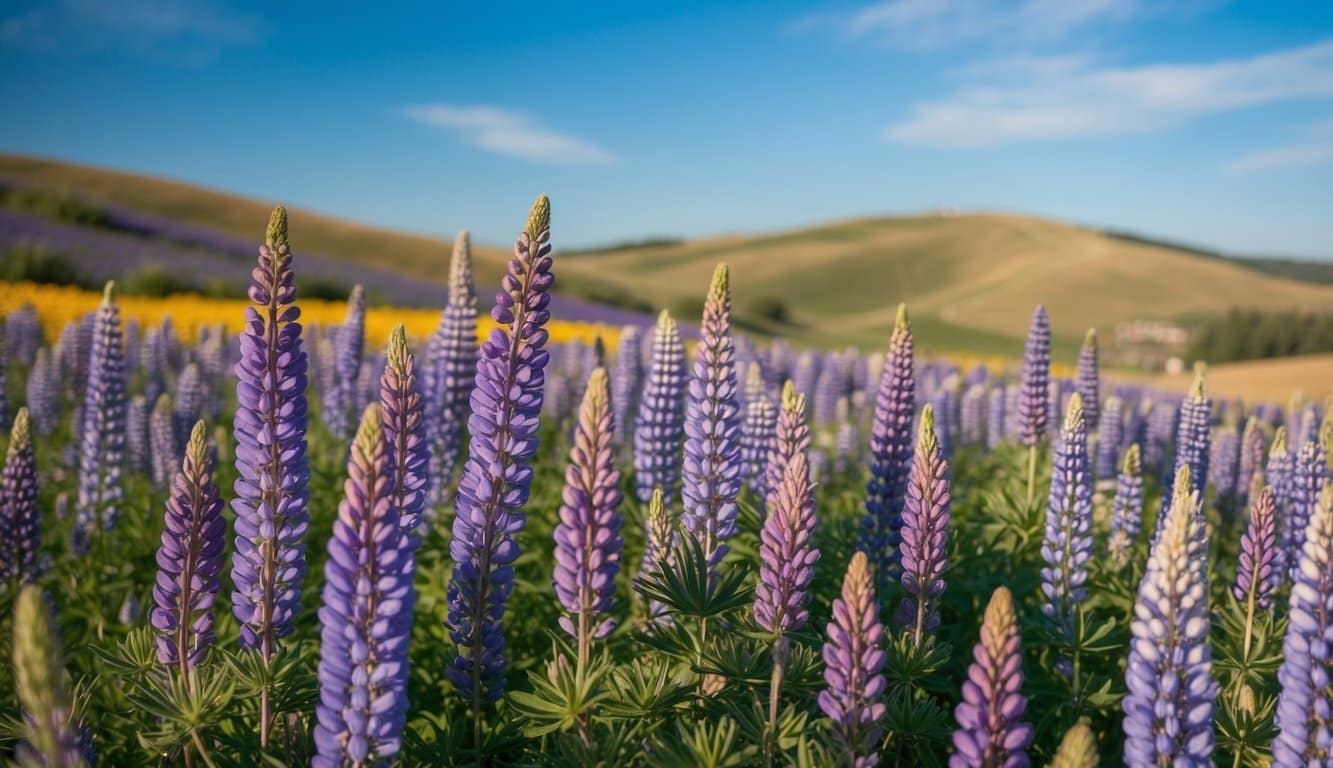
Lupinus perennis thrives in specific soil types and environments across North America. You’ll find this wildflower in various natural settings, from open woodlands to sunny meadows.
Sandy, well-drained soil is ideal for Lupinus perennis. This plant doesn’t do well in heavy clay or waterlogged areas. You’ll often see it growing in poor, acidic soils where other plants struggle.
The lupine’s deep taproot helps it access water and nutrients in sandy soils. This adaptation allows it to flourish in areas that might be too dry for other plants.
Lupinus perennis is native to eastern and central North America. You can find it from Maine to Minnesota and south to Florida and Texas.
It’s most common in the northeastern United States and parts of southern Canada. The plant’s range has shrunk due to habitat loss, but conservation efforts are helping to protect remaining populations.
You’ll typically spot Lupinus perennis in open, sunny areas. It grows well in:
The plant needs full sun to partial shade. It doesn’t tolerate deep shade well.
Lupinus perennis is often found alongside other native plants that thrive in similar conditions. These might include:
Fire plays a role in maintaining suitable habitat for this lupine. Occasional burns help keep areas open and reduce competition from woody plants.
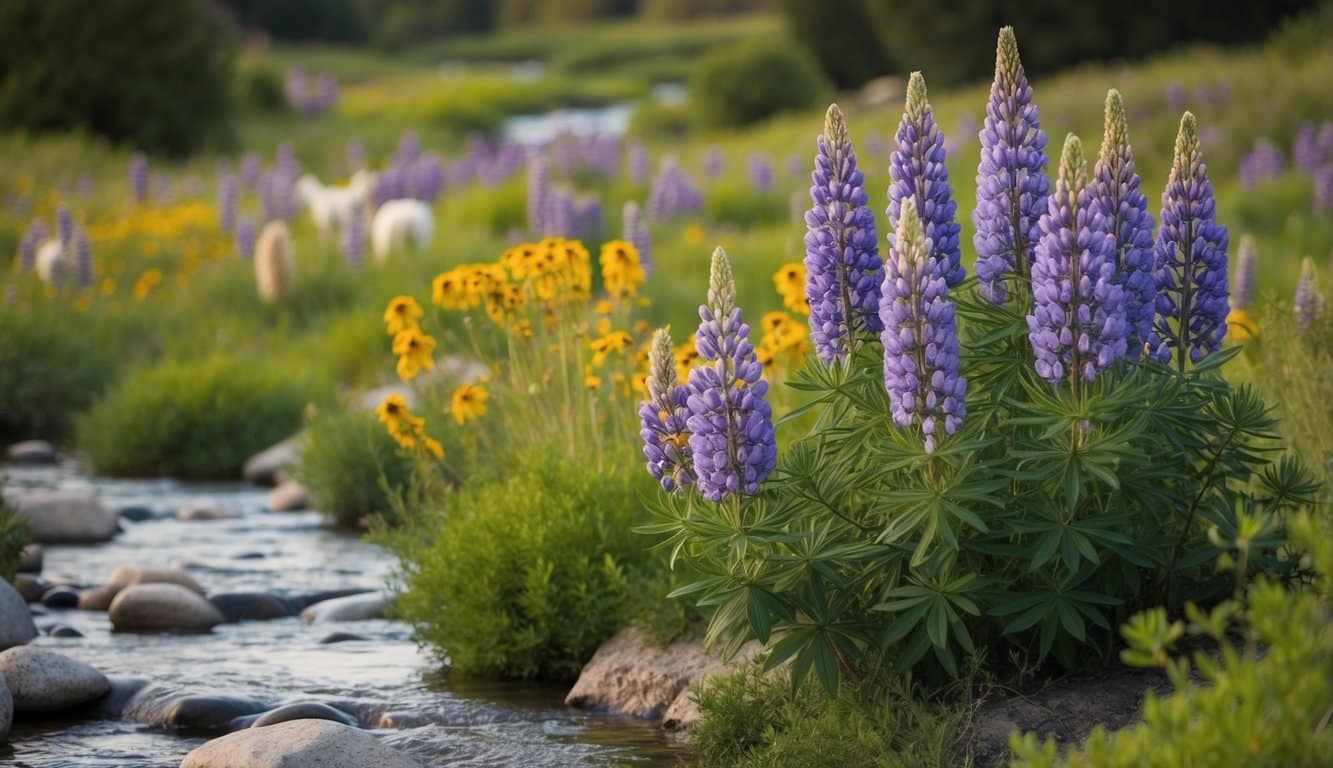
Lupinus perennis plays a vital role in its ecosystem. It supports many creatures and forms important relationships with other organisms.
Bees are the main pollinators of Lupinus perennis. They visit the flowers to collect nectar and pollen.
As they move between plants, they spread pollen and help the lupines reproduce.
Butterflies also pollinate these flowers. The Karner Blue butterfly relies heavily on Lupinus perennis. Its caterpillars only eat lupine leaves.
Seeds spread in a few ways:
Lupinus perennis forms partnerships with soil bacteria. These bacteria live in nodules on the plant’s roots.
They take nitrogen from the air and change it into a form the plant can use. In return, the plant gives the bacteria sugar.
This process, called nitrogen fixation, helps lupines grow in poor soil. It also improves soil quality for other plants nearby.
Many animals use Lupinus perennis for food or shelter. Deer and rabbits eat the leaves and stems. Small mammals like mice and voles may eat the seeds.
Several butterflies rely on this plant:
Their caterpillars feed on lupine leaves and flowers. Adult butterflies drink nectar from the blossoms.
Birds nest in lupine patches. The plant’s structure offers protection from predators and bad weather.
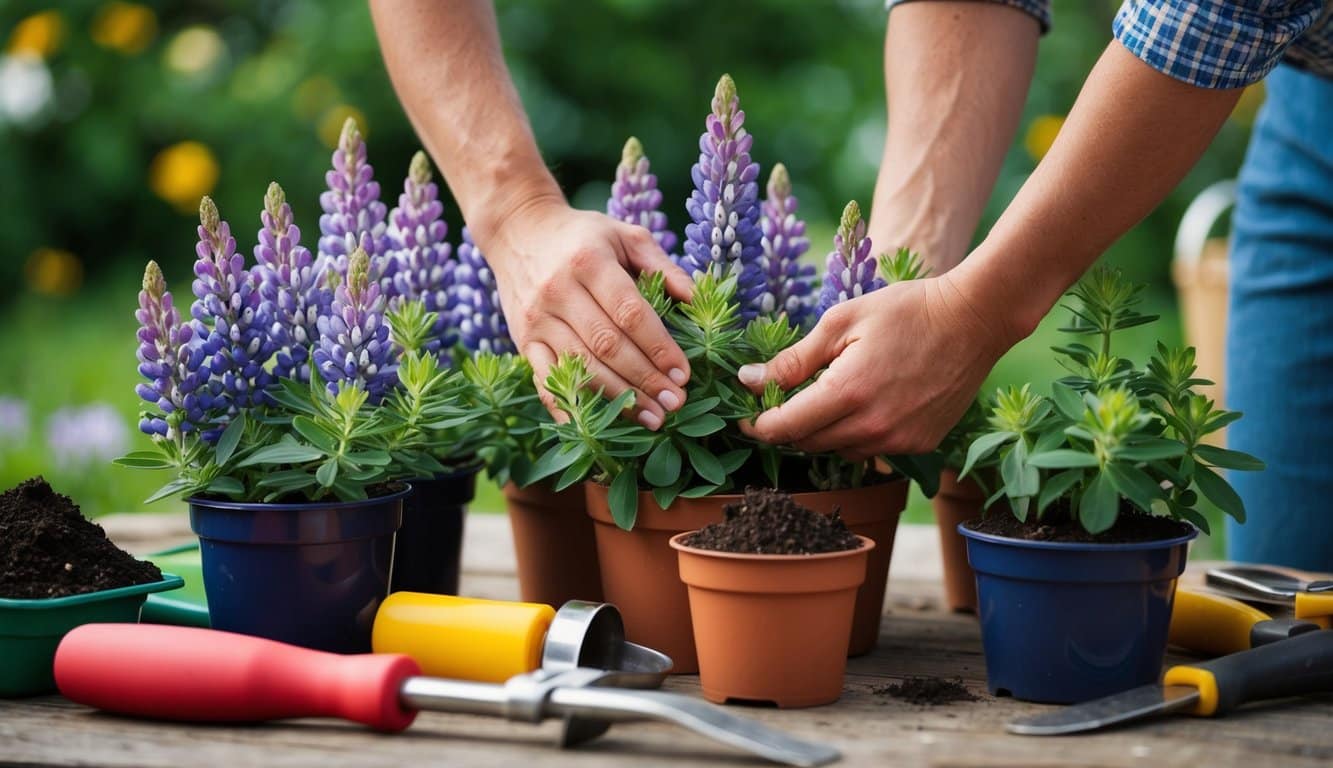
Growing lupinus perennis requires some specific conditions and care. With the right approach, you can enjoy these beautiful flowers in your garden.
Lupinus perennis thrives in full sun. Plant them in a spot that gets at least 6 hours of direct sunlight daily. These plants prefer well-drained, slightly acidic soil.
Sandy or rocky soil works best. Avoid heavy clay or waterlogged areas. Lupines don’t like wet feet.
In hot climates, provide some afternoon shade to protect the plants from intense heat. Good air circulation helps prevent fungal diseases.
You can grow lupines from seeds or by dividing mature plants.
Sow seeds directly in the garden in late spring or early fall.
Nick the hard seed coat and soak them overnight before planting. This helps speed up germination. Plant seeds about 1/4 inch deep and 12 inches apart.
For division, dig up established plants in early spring. Carefully separate the root clumps and replant immediately.
Some gardeners have success with stem cuttings taken in late spring. Root them in a mix of sand and peat moss.
Water young plants regularly until they’re established. Once mature, lupines are drought-tolerant. Only water during long dry spells.
Fertilize lightly in spring with a balanced, slow-release fertilizer. Too much nitrogen can lead to lush foliage but fewer flowers.
Deadhead spent blooms to encourage more flowering. Cut back the entire plant after blooming to promote a second flush of flowers.
In fall, cut plants to the ground and remove debris. This helps prevent disease issues the following year.
Watch for aphids and slugs, which can damage lupines. Remove pests by hand or use organic controls if needed.

Lupinus perennis faces several challenges to its survival. Efforts are underway to protect this rare plant and its habitats.
Lupinus perennis is listed as endangered in some states. Its populations have shrunk due to human activities. In Michigan, it’s considered threatened. New York lists it as rare.
You can help by learning to identify this plant. Don’t pick or dig up wild lupines. Report sightings to local conservation groups. This info helps track population changes.
The wild lupine’s habitat is shrinking fast. Urban sprawl eats up open areas where it grows. Farms replace natural grasslands.
Fire suppression also hurts lupines. They need periodic fires to thrive. Without fires, other plants take over.
Invasive species crowd out native lupines. Spotted knapweed is a big problem. It spreads quickly in lupine habitats.
Many groups work to save Lupinus perennis. They restore prairies and oak savannas. Some collect seeds to grow new plants.
You can join volunteer days to plant lupines. Help remove invasive species too. Support land trusts that protect wild areas.
Key conservation actions:
Research is ongoing to better understand lupine needs. This knowledge guides future protection efforts.
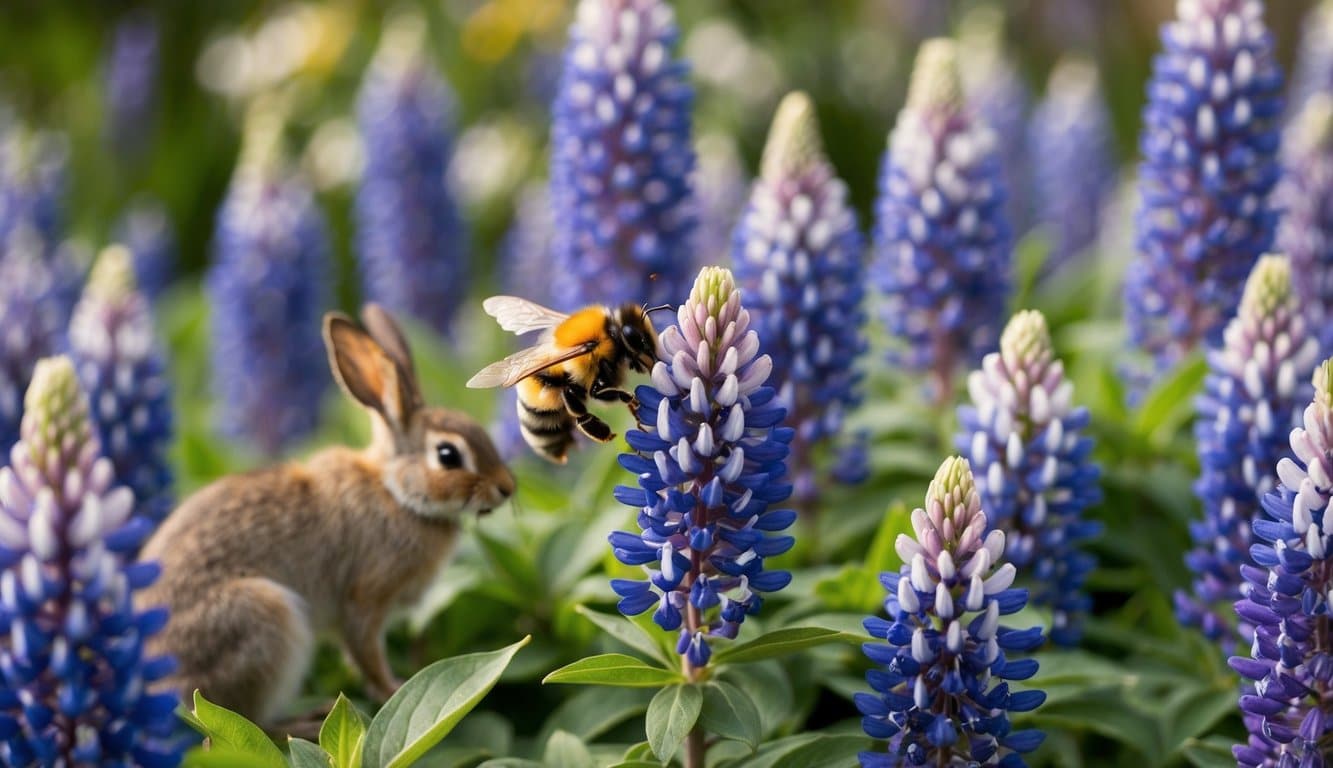
Lupinus perennis forms important relationships with various animals. These interactions shape the plant’s life cycle and ecosystem role.
L. perennis serves as a vital host plant for the endangered Karner blue butterfly. The butterfly’s caterpillars feed exclusively on wild lupine leaves.
This relationship is crucial for the butterfly’s survival and reproduction.
You’ll find adult Karner blues laying eggs on lupine plants. When the eggs hatch, the young caterpillars eat the leaves.
As they grow, they continue to rely on lupine for food.
Wild lupine also attracts other pollinators. Bees, butterflies, and hummingbirds visit the plant’s colorful flowers.
They help spread pollen, allowing lupines to reproduce.
Including L. perennis in pollinator gardens can support these beneficial insects. It provides food and habitat for various species.
Some animals eat L. perennis seeds, affecting the plant’s spread. Rodents like mice and voles often feed on lupine seeds. Birds may also consume them.
This seed predation can limit plant reproduction. But it’s not all bad for lupines. Animals sometimes spread seeds to new areas through their droppings.
Ants play a unique role in lupine seed dispersal. They’re attracted to a special structure on the seeds called an elaiosome.
Ants carry seeds to their nests, eat the elaiosome, and leave the seed intact. This helps spread lupines to new locations.
Understanding these interactions can help you better manage lupine populations and support local ecosystems.

Lupinus perennis belongs to the legume family and has several close relatives. Its classification helps botanists group it with similar plants.
You’ll find different varieties growing across North America.
Lupinus perennis is part of the Fabaceae family. This large family includes beans, peas, and other legumes. The genus Lupinus contains over 200 species of lupines.
L. perennis is known as the sundial lupine or wild blue lupine.
Its scientific name breaks down like this:
You’ll find many lupine species related to L. perennis. Lupinus polyphyllus, the big-leaved lupine, is a close cousin.
It’s bigger and more common in gardens.
Other North American lupines include:
These species have spread to new areas. L. polyphyllus has become naturalized in parts of Europe.
Gardeners have created many lupine cultivars. These mix traits from different species for unique colors and forms.
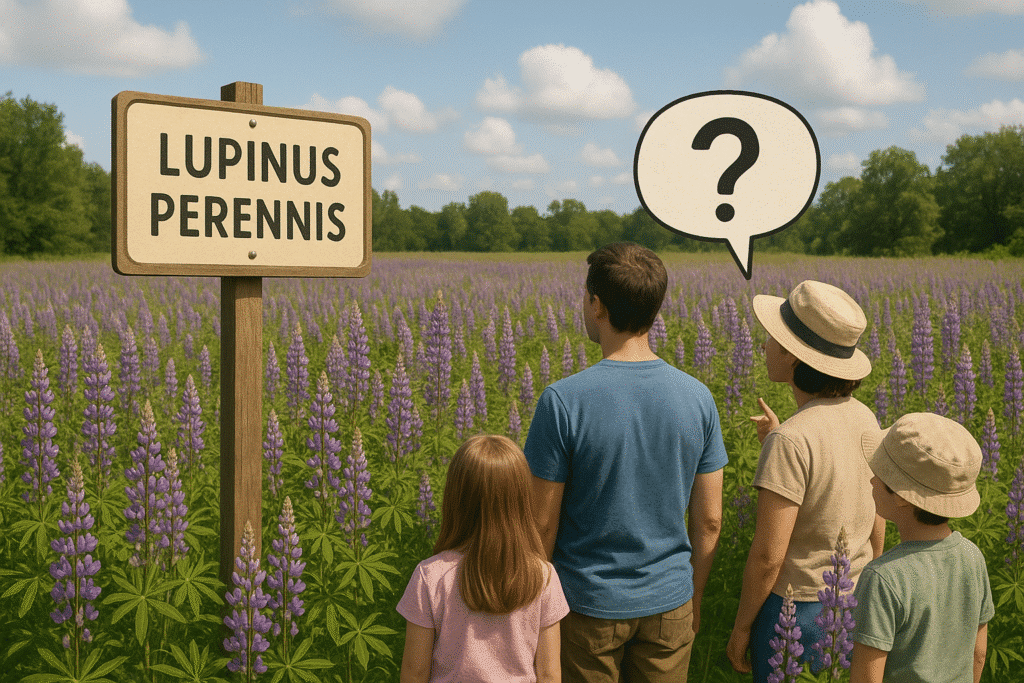
Lupinus perennis, also known as wild lupine, is a beautiful native wildflower with unique characteristics and care requirements. Let’s explore some common questions about this plant.
To grow wild lupine from seeds, scarify them by gently scratching the seed coat.
Soak the seeds in water for 24 hours before planting.
Sow them directly in the garden in fall or early spring.
You can also start seeds indoors 6-8 weeks before the last frost date.
Plant them in pots with well-draining soil and keep them moist until germination.
Wild lupine typically grows 1-2 feet tall. Some plants may reach up to 3 feet in ideal conditions.
The flower spikes add extra height, making the plant appear taller when in bloom.
Lupinus perennis is native to North America, while Lupinus polyphyllus comes from the western United States.
L. perennis has smaller flowers and a shorter growth habit compared to L. polyphyllus.
L. perennis prefers sandier soils and is more drought-tolerant.
L. polyphyllus grows taller and has larger flower spikes. It also tolerates a wider range of soil types.
Wild lupine thrives in full sun to partial shade. It prefers well-draining, sandy or rocky soils with a pH of 6.0-7.0.
This plant doesn’t like heavy clay or wet soils.
You should water young plants regularly until established. Once mature, wild lupine is drought-tolerant and doesn’t need frequent watering.
No, Lupinus perennis is not considered invasive.
It’s a native plant in many parts of North America. Wild lupine plays a vital role in its native ecosystems, supporting various wildlife species.
You can safely plant it in your garden without worrying about it taking over or harming local plant communities.
Some Native American tribes used wild lupine for medicinal purposes. The roots were used to make a tea for nausea and internal bleeding.
Crushed leaves were applied to sores and ulcers.
You should be careful using lupine medicinally, as parts of the plant can be toxic if not prepared correctly. Always consult a healthcare professional before using any plant for medicinal purposes.

Cardinal flowers are striking plants that add a pop of vibrant red to gardens and natural areas. These tall, slender perennials bloom in late summer
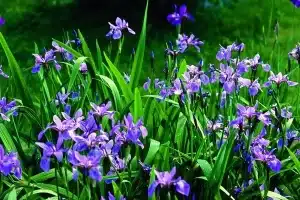
New York native plants are essential for sustaining local ecosystems. They provide food and shelter for wildlife while helping to maintain soil health. Incorporating native
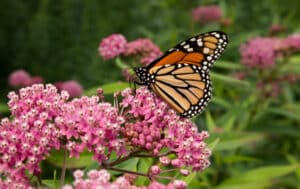
Rose milkweed is a beautiful native plant that can add color and life to your garden. This perennial flower, also known as Asclepias incarnata, grows
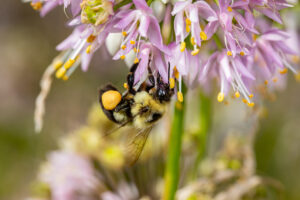
Nodding onion plant is a charming native plant found across North America. Its drooping pink or white flower clusters add a whimsical touch to gardens
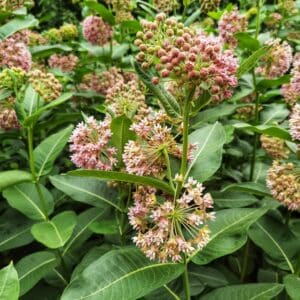
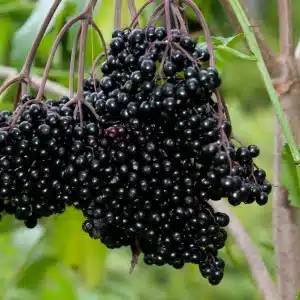
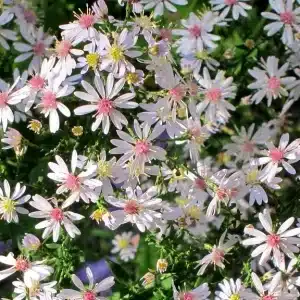
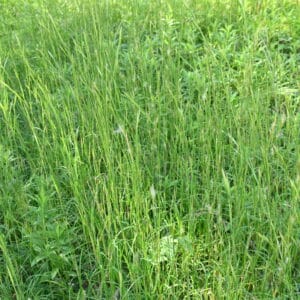
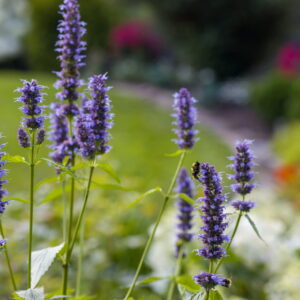
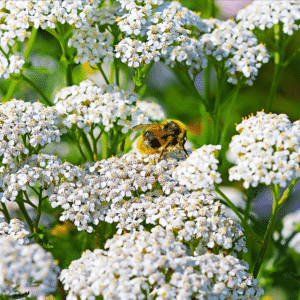
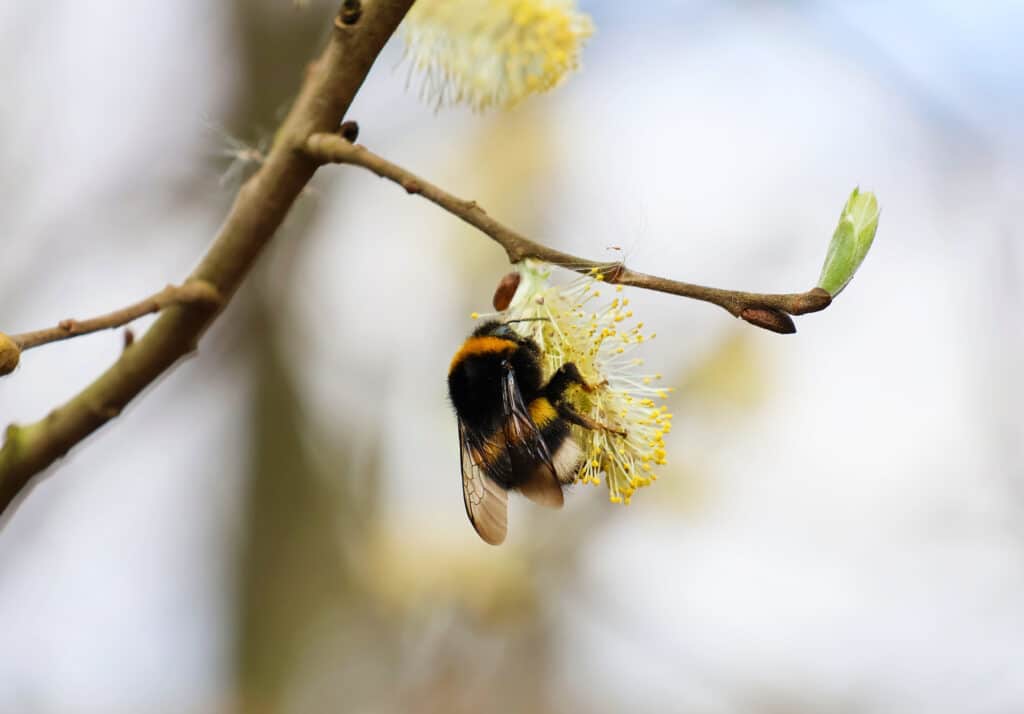
Only Local Delivery Available (Long Island & Queens)
Ground Shipping Paused
To protect our plants from extreme summer heat, we’ve paused nationwide ground shipping to avoid any damage during transit.
Local Delivery Only
We’re still delivering locally to Long Island and Queens, so nearby customers will continue to receive orders as usual.
Fall Pre-Orders Are Open Nationwide!
We will resume normal shipping for non-local orders placed during the pause in early September.
Thank you for your support and understanding—we’re looking forward to growing with you this fall!